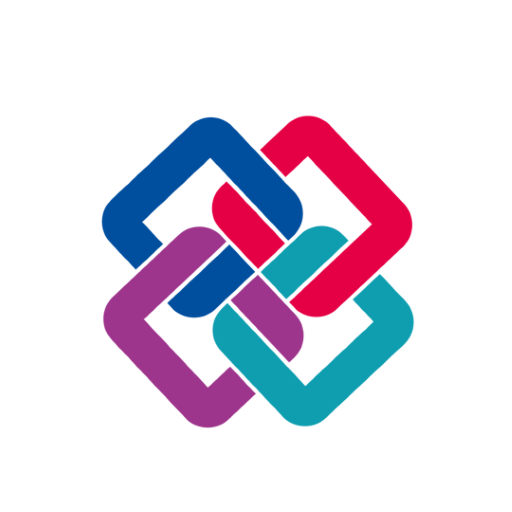It is high time to answer to climate and economic issues. As the Construction Industry lives disruptive changes, European Commission (EC) is now deeply involved in digitalization of building and infrastructure sectors for climate issues… but without the knowledge of openBIM maturity and benefits.
On the regulatory side, the EU has adopted the Data Governance Act and the Data Act, which regulate the sharing, access, and reuse of data. These texts aim to create a single market for data, guaranteeing transparency and fairness. In the building sector, they pave the way for better circulation of data related to the life cycle of structures (design, construction, operation), which is essential for the implementation of solutions such as BIM and digital twins.
At the same time, the Commission supports standardization and interoperability, which are essential to avoid the fragmentation of digital tools. The European Parliament has introduced the BIM concept with the 2014 directive and the creation of the EU BIM Task Group in 2016. In 2020, priority was given to sectors facing the greatest challenges – of digitalization and environmental sustainability – including Construction. Different support policies have also been developed by the European Commission through projects founded, for instance in Horizon 2020. In 2021 a co-creation process was initiated with the High Level Construction Forum (HLCF). It funds projects under Horizon Europe and the Green Deal, encouraging the adoption of innovative technologies to reduce carbon footprints, improve energy efficiency, and extend the life of buildings.
The building and infrastructure industry is ripe for disruptive changes; but to succeed its transformation, it needs not only data but open data.
Technology is disrupting traditional business models. Globalisation, digital transformation (and the resulting digital disruption) and cyber-security are creating new risks, challenges and opportunities for every modern business as Construction sector. Digitally agile organisations are gathering business intelligence about their existing operations, forecasting future needs, and developing new revenue streams. To implement faster, better and less costly ways of working, digital transformation is vital and needs standards.
Data only has business value when used in business processes with confidence and reliability. Its meaning must be understood. Data therefore must be well defined and managed in accordance with global standards of good information quality and practice. The rapid flow of information across international boundaries also needs to be managed with security in mind. Key data must not be intercepted, lost or damaged. Today’s leading businesses are digitally agile. These organisations are securely integrating their people, processes and data to enable easier sharing of information and greater efficiency across all of their business operations. Their executives increasingly expect to have key data about value adding aspects of their company’s performance at their fingertips in seconds.
As we move into what the World Economic Forum has called the Fourth Industrial Revolution, data is being created at an unprecedented rate. IBM estimates that 90% of the world’s data has been created in the past two years. Digitally agile organisations are increasingly using ‘Big Data’ analytics to gain business intelligence about their operations, to forecast their future needs, and to develop new revenue streams. Surprisingly, when it comes to data about the physical built assets upon which most organisations depend, there is often a gap in the executive data dashboard. Construction has historically lagged behind other industries in creating and using the open data standards needed to underpin the free flow of information about our buildings and infrastructure. And, partly as a result, it has lagged behind other industries in improving its productivity.
Why open data is so crucial?
Common open data standards save time and money while significantly increasing innovation. Without standards helping us share information using common languages and formats, the planning, delivery and operation of built assets remains inefficient and wasteful. The legacy of this poor interoperability is that owners and operators incur additional costs in converting or recreating the data they need to manage their built assets and asset-based services.
Open, shareable information unlocks more efficient, transparent and collaborative ways of working throughout the entire life-cycle of buildings and infrastructure. The growing adoption of new asset delivery processes such as building information modelling (BIM) also allows owners and operators of built assets, working with their service partners, to plan their capital investments and understand the likely whole-life costs of maintaining and using those assets for their intended purposes.
